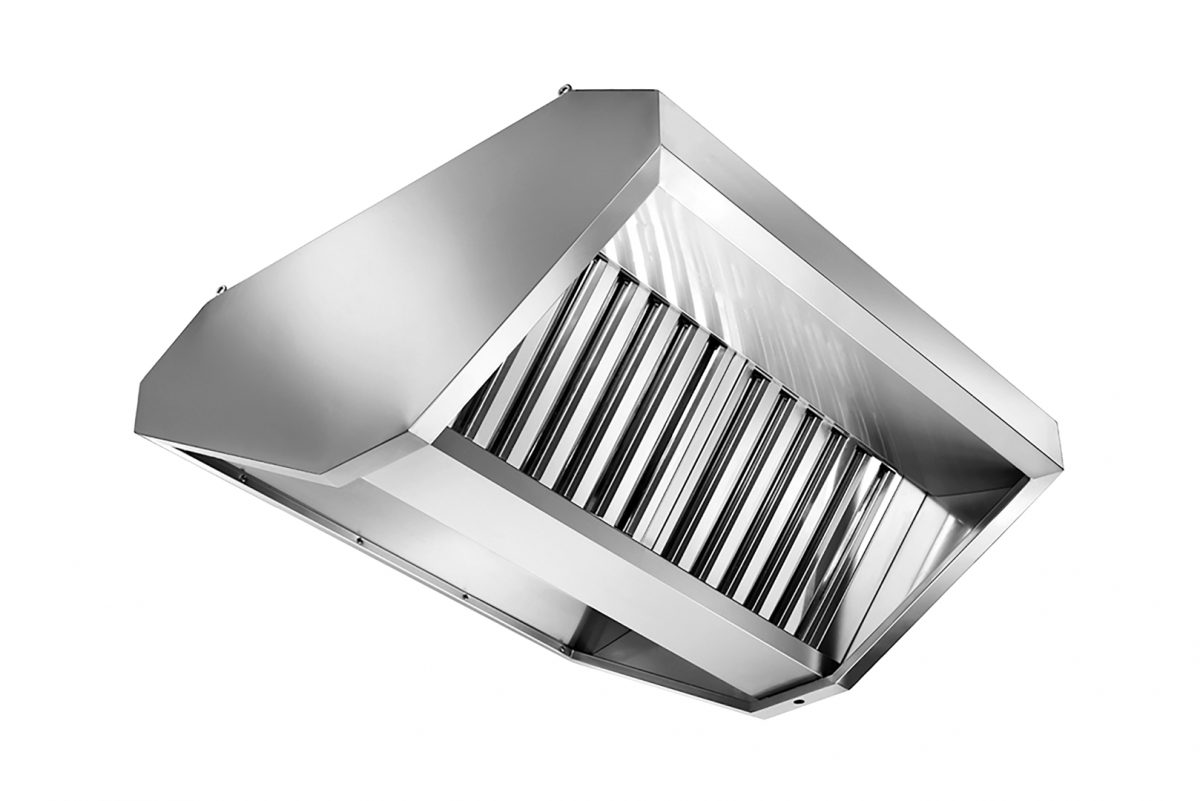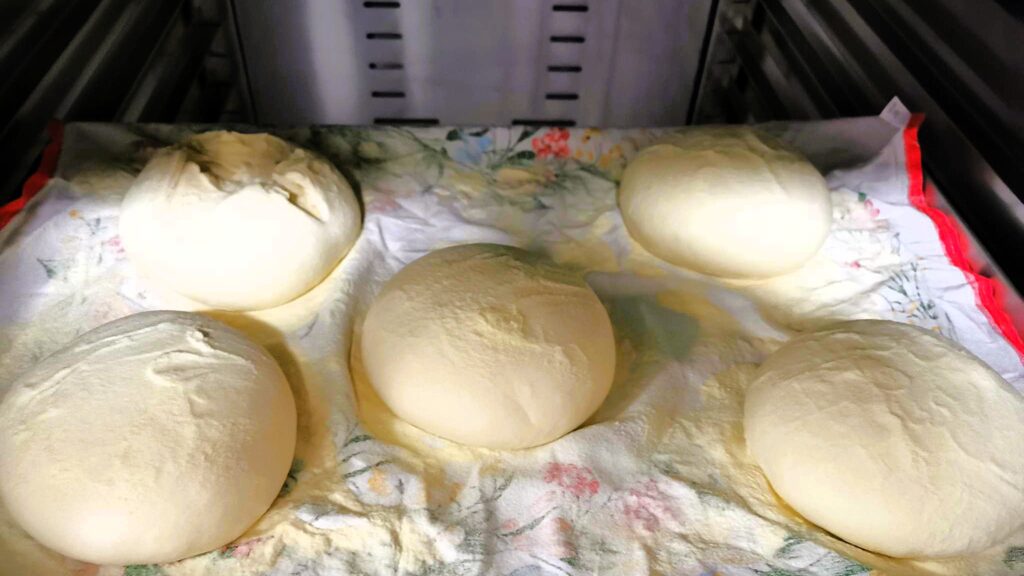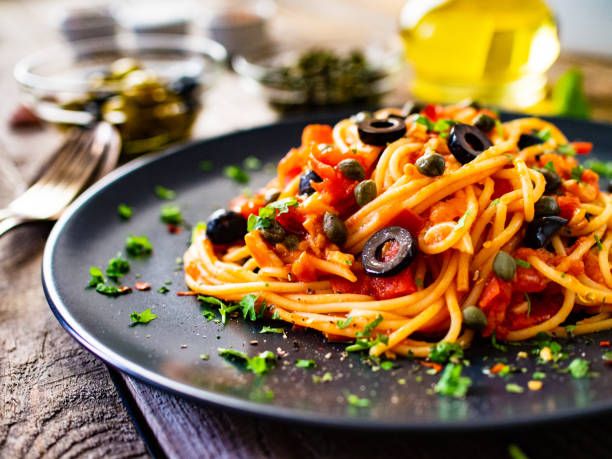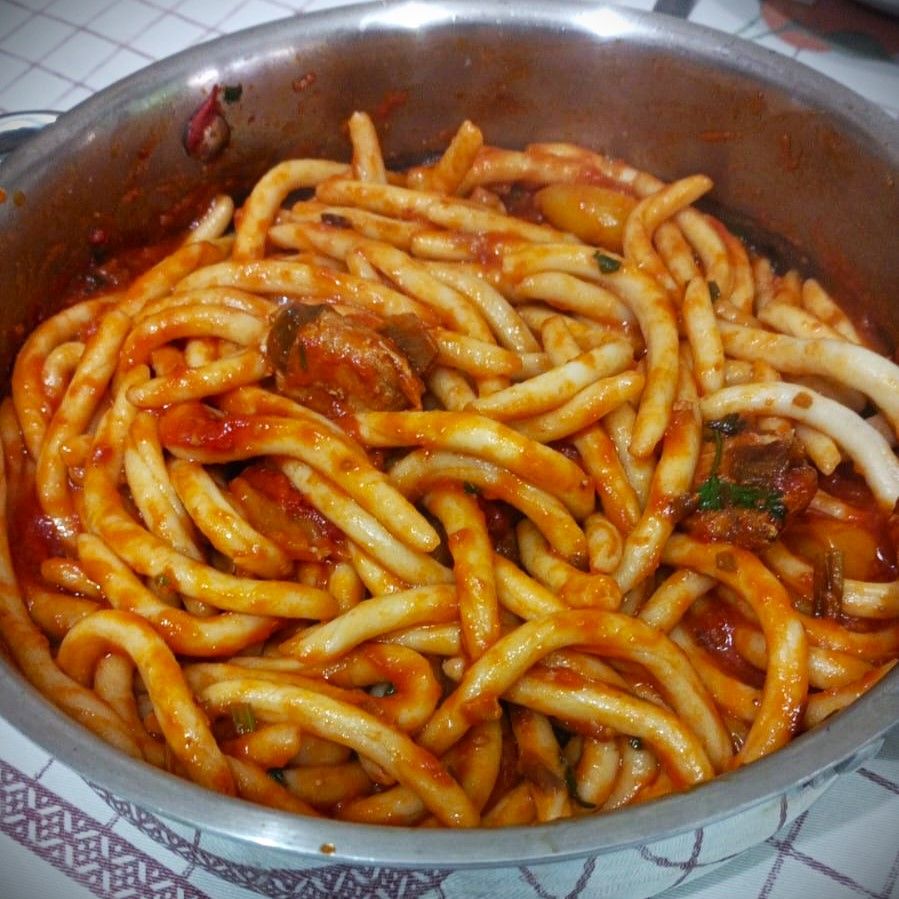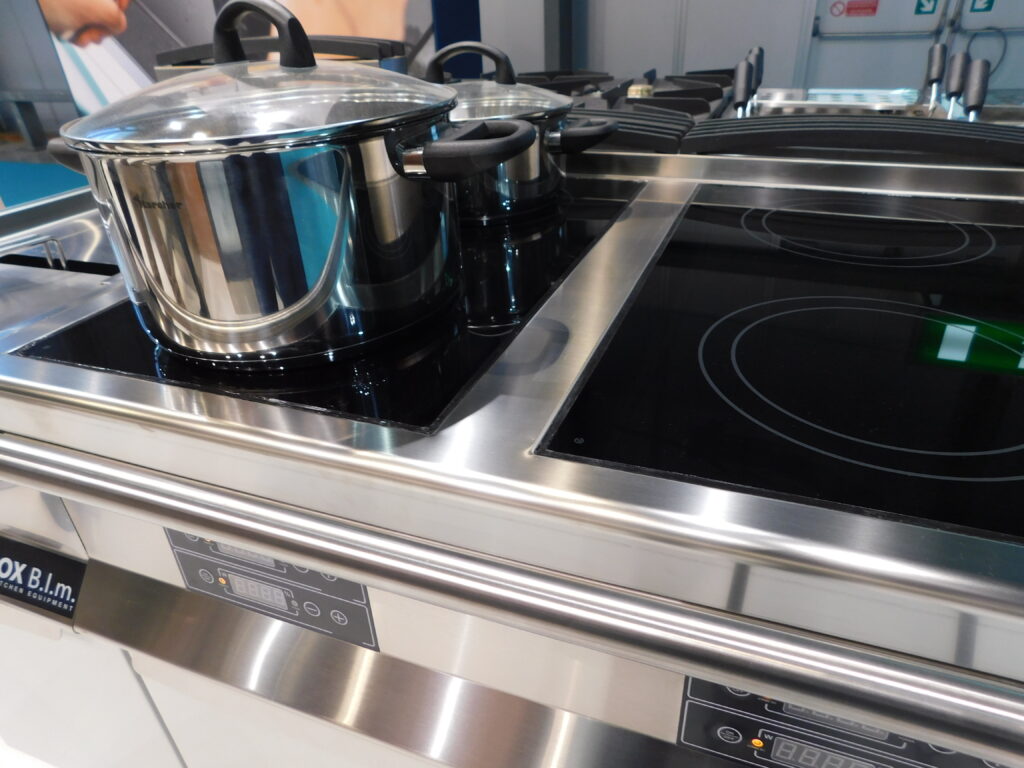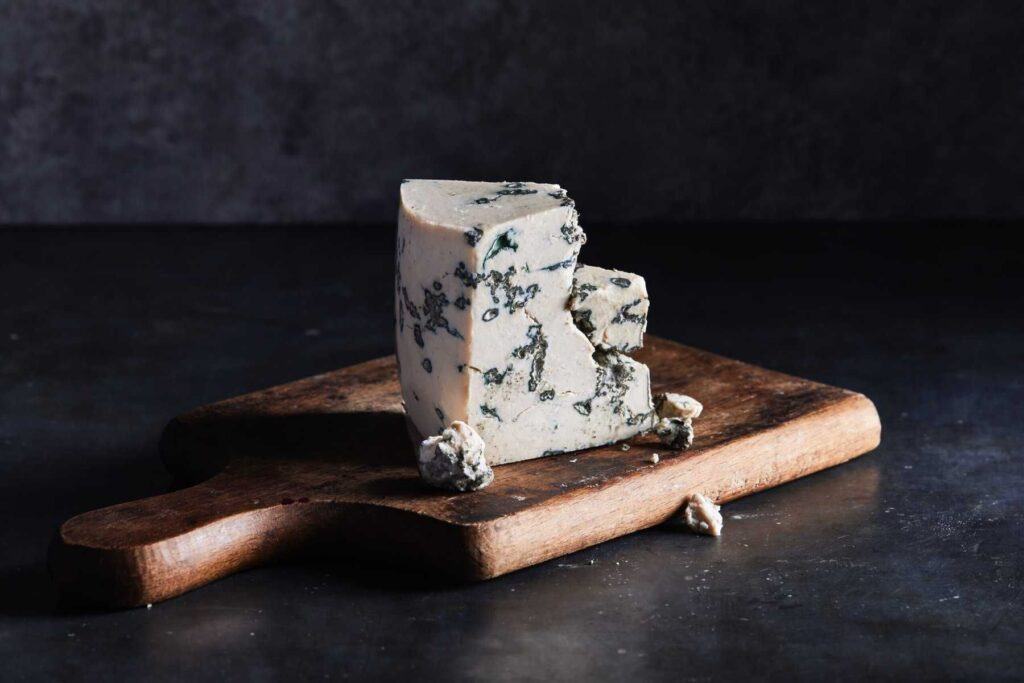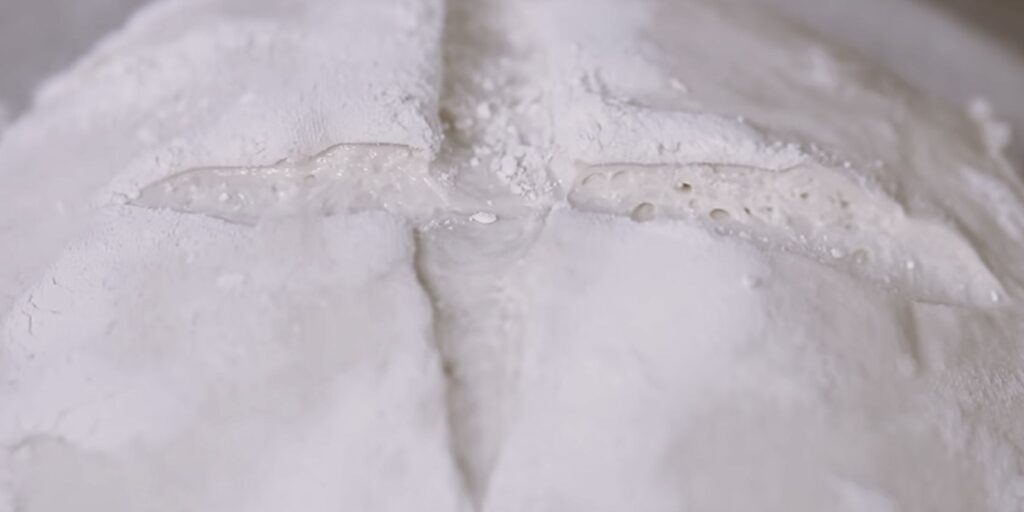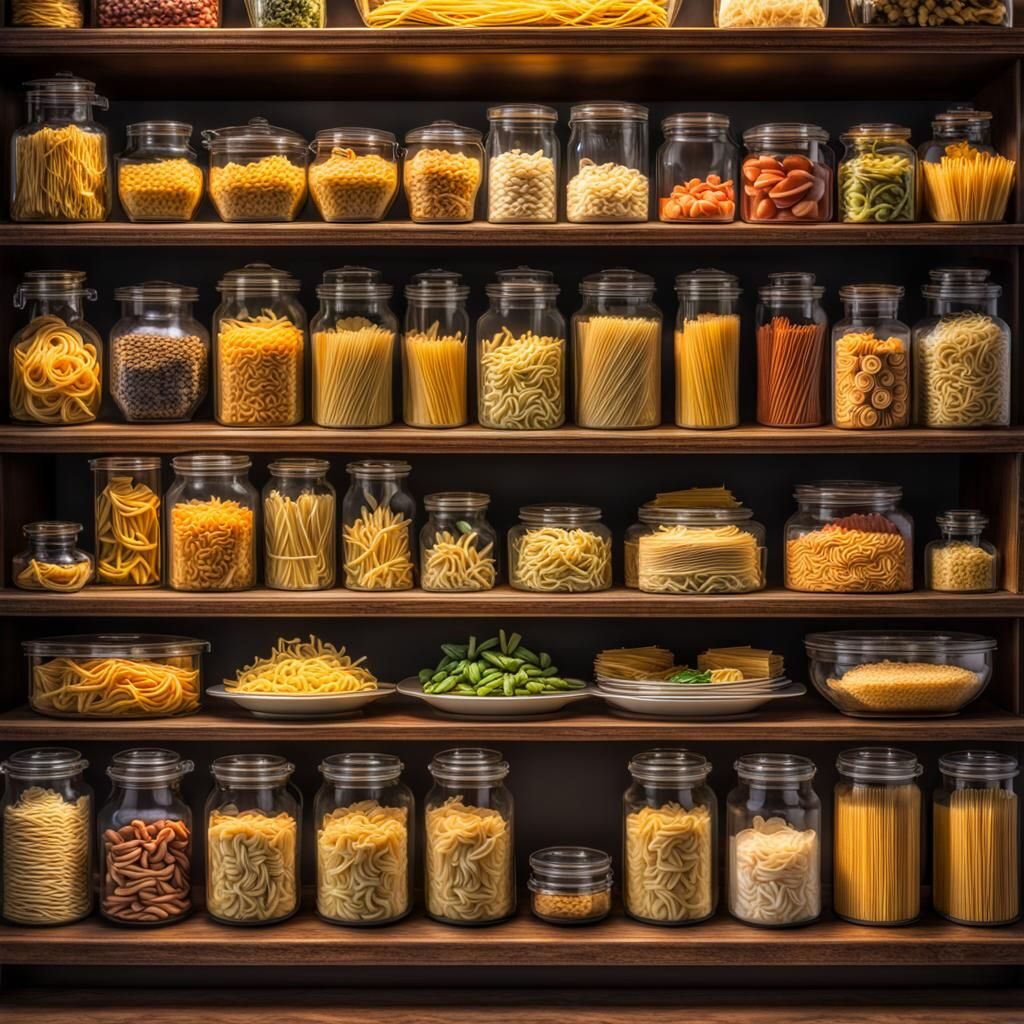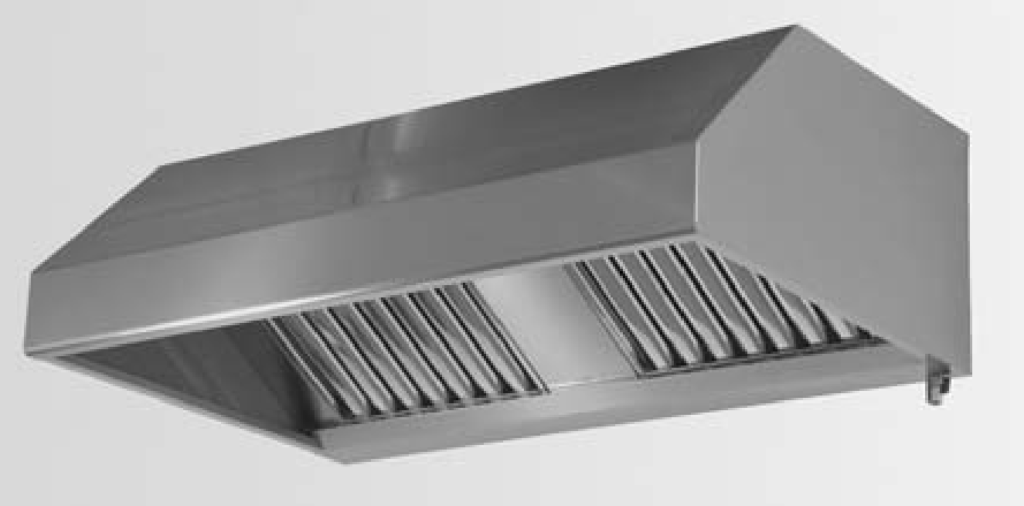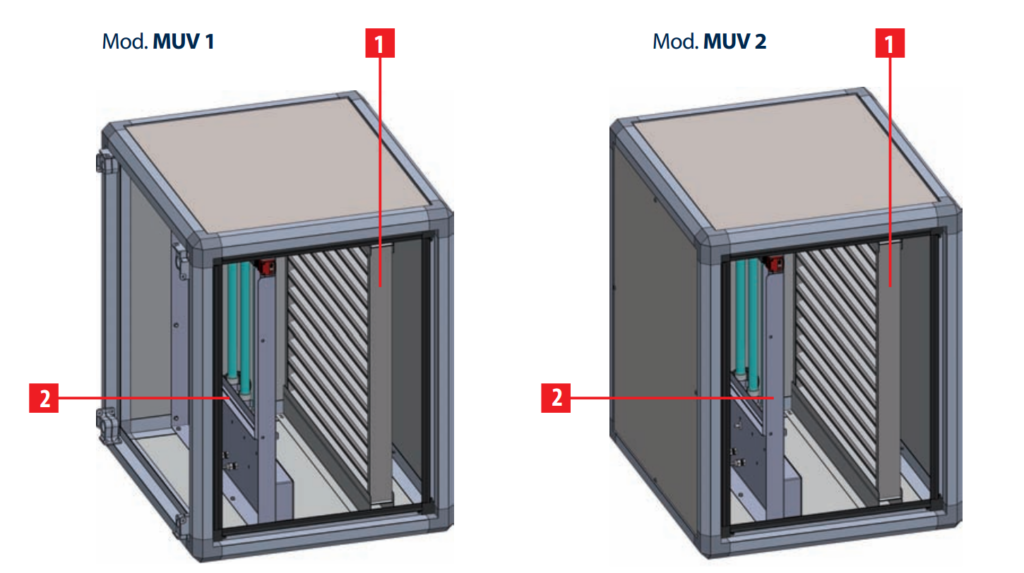Taking a look at the Aluminox price list, you will have realized one thing.
For a good part of the range of hoods, there are two alternatives: manufactured in Aisi 304 stainless steel, or in Aisi 430 stainless steel.
The question arises: what is the difference?
Well, the main difference between AISI 304 and 430 lies in their composition, from which their properties derive.
AISI 304 is normally composed of 18% chromium, and nickel ranging from 8 to 10%. A carbon content that reaches a maximum of 0.08%. And finally manganese, silicon and other elements in smaller quantities.
AISI 430, on the other hand, has a chromium composition of around 17%, most of the time contains no nickel (or has an insignificant nickel content), carbon at most 0.12%, and, like its “brother”: manganese, silicon and other elements in smaller quantities.
But… these numbers don’t tell us much, do they?
So let’s look specifically:
AISI 304 has greater resistance to corrosion. In particular oxidation and acid corrosion. Its PREN number (Pitting Resistance Equivalent Number – an index for evaluating the corrosion resistance of stainless steel) ranges from 17 to 21.26.
AISI 430, despite not having corrosion resistance like 304, certainly doesn’t make a bad impression: a PREN number ranging from 16 to 18. Which makes it a material that is still resistant to atmospheric corrosion.
Both resist high temperatures: 800°C for AISI 304, and slightly lower (710°C) for AISI 430. Nothing to worry about in the kitchen, anyway!
Oh, and then… one is non-magnetic (AISI 304), and one is magnetic (AISI 430). But this is little more than a curiosity when it concerns an extractor hood.
What perhaps matters most is the price: AISI 430 is an excellent budget alternative to 304. As a rule, for the same dimensions, an Aluminox hood in 430 costs around 12% less (mind you, there It is also a small difference in the type of welding, with a more economical processing).
What to choose then?
Well, ask your trusted installer!
And look out the window. If you can see the sea…

 Italiano
Italiano
